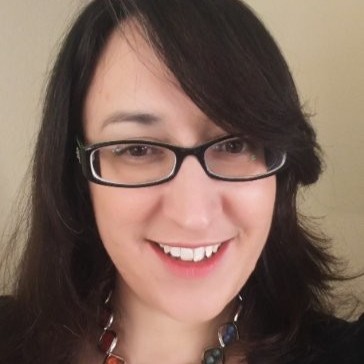How to recreate a solar eclipse
You don't have to wait for the next solar eclipse to learn more about them, not when you can just make your own!

Have you ever seen a solar eclipse? In this project, we are going to see why solar eclipses happen and see different types of solar eclipses.
You will need:
- A large ball (1 to 3 feet (30 to 60 cm) in diameter, like a basketball), a projected image of the sun, or a large circle
- 1 or 2-inch (2.5 to 5cm) ball (a foam ball works well)
- Coca
- A pencil (optional)
Have you ever stood in the shadow of a tree or building? In these cases, the tree or the building is blocking the sun. What would happen if the moon blocked the sun? This is called a solar eclipse! During a solar eclipse, we are essentially in the shadow of the moon.
Related: Learn about Space with these awesome NASA education videos
In this project, the large ball is the sun and the small ball is the moon. Have someone hold up the large ball or circle (the sun). Then hold up your smaller ball (the moon) in front of the larger ball. (If you have a foam ball, you can insert the pencil to help you hold it up.)
Now, experiment! Does your moon completely cover the sun? If you are far away, your moon appears larger to you than the sun, even though the sun is actually much larger. This is because the sun is much farther away. If you hold up your moon to this distant sun, your moon will cover up all of the sun (and then some)!
Move closer while your moon is in front of your sun. Can you move close enough that a ring of the sun forms around the outside of your moon? Your sun now looks larger to you than your moon. An eclipse like this is called an annular eclipse.
Get the Space.com Newsletter
Breaking space news, the latest updates on rocket launches, skywatching events and more!
Try to find that just-right distance where the moon and the sun look exactly the same size to you, and where the moon covers the sun — but just barely. This "perfectly-sized" eclipse is what happens when a total solar eclipse occurs.
The moon and the sun look the same size to us on Earth. The sun is much, much bigger, but the moon is a lot closer. This is a beautiful coincidence and it gives us an amazing chance to see a total solar eclipse and the outer atmosphere of the sun known as the corona, which is normally overwhelmed by the sun's brightness.
Earth's orbit, however, is not perfectly circular, and sometimes the moon looks just a tiny bit smaller than the sun. When an eclipse happens in this case, we may see a ring around the moon when it is in front of the sun. This is an annular eclipse, also known as a "ring of fire" solar eclipse.
Now, move the moon across the sun to see the slow progression of your eclipse. What kind of shape does the sun look like during different portions of your eclipse? Move the moon up and down. What happens when the moon covers only part of the sun? Can you make your moon high or low enough that it completely misses covering up the sun? Most times, the moon is not perfectly aligned with the Earth and the sun. When this happens, the shadow of the moon does not fall on the Earth, and we do not see an eclipse!
Join our Space Forums to keep talking space on the latest missions, night sky and more! And if you have a news tip, correction or comment, let us know at: community@space.com.
Elizabeth is a freelance science writer. She has a Ph.D. in astrophysics from the University of Texas at Austin and has worked with telescopes all around the world and in space. Now she writes on astronomy, physics, geology, mathematics, and science and technology in society.










